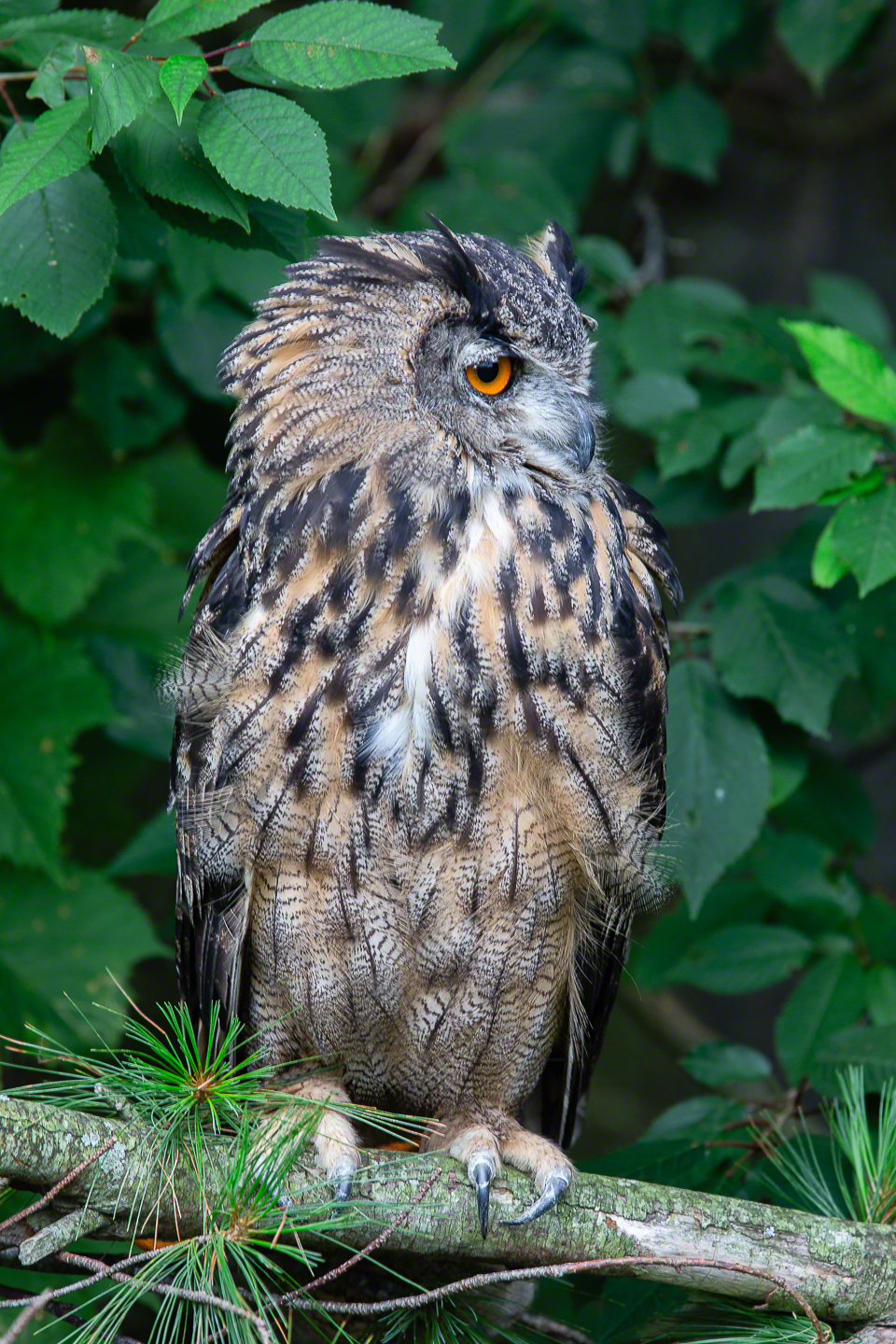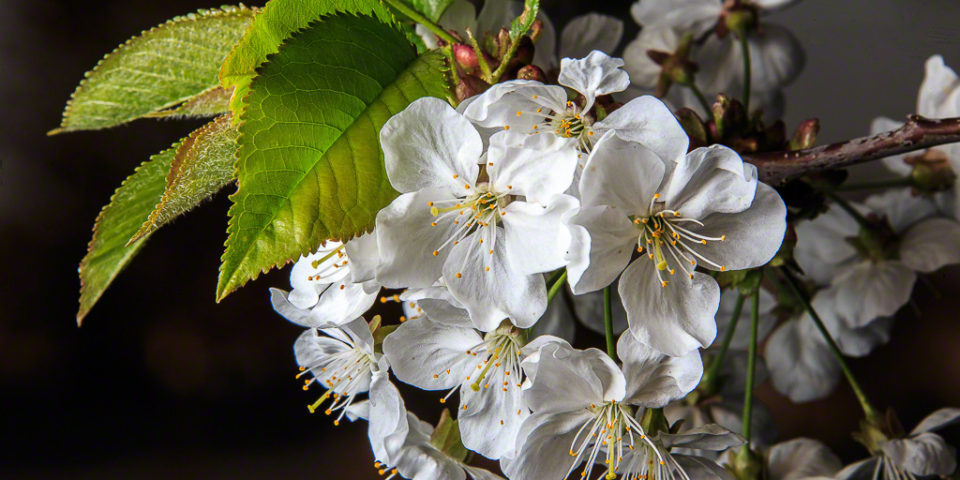It seems that for many photographers, flash is a “no go” zone. This is unfortunate because flash can make a real difference in your images and isn’t complex.


Figures 1 and 2: Siberian Eagle Owl. Left image made with ambient light meter reading only. Right image using identical camera and lens with off-camera flash in TTL hand-held. More depth, more dimension, punchier colour. Just by turning the flash on.
The Joy of TTL
Through the lens (TTL) flash metering works exactly the same way as your regular light meter. It controls the flash output to deliver a correct exposure. It’s the default operation method and TTL is found in every camera out there today. It just works. Are there other methods? Of course, but if TTL gets the job done, worrying about flash just fell off your to-do list.
Camera Modes
We all have cameras with lots of modes. From full auto to full manual, most cameras offer us a choice of mode operations. In this article, I’m going to focus on Program and A or Av (Aperture Priority) modes because they automatically do something pretty magical called TTL Fill Flash.
Fill Flash
Simply, fill flash means using a flash as a secondary light source to fill in areas of harsh shadows, to offset backlit subjects, or as a means to offer some white balance correction to ambient light that is overly blue or yellow. In the olden days, fill flash was a very manual process involving tape measures and flash meters. As with so many things, innovation has made the technical parts of photography easier, so we can spend more time focusing on the creative parts.
Auto Fill Flash
Camera manufacturers have created this thing called auto fill flash, but it hasn’t been well explained or celebrated. On most modern cameras when you are shooting in Program or Aperture Priority mode and turn your flash on in TTL mode, the default mode of operation is auto fill flash. This means that the primary exposure definitions are built on the available or ambient light. Then the flash is fired to “fill in” but not burn out the primary subject based on the camera settings when you press the shutter.
The Outcome
This means that all the character of the original scene is maintained, but you get this kiss of light to fill shadows, or add some contrast. If the flash is off-camera but controlled from the camera when this happens, you get the benefit of a nicer image. It doesn’t look like it was shot with a flash because the light is not flat on. Even if you use the little pop-up flash built into your camera, it can still add a kiss of light that really adds to the image (dependent on subject distance of course). Your camera meter is setting the base exposure based on the ambient light, so watch your shutter speed to make sure it doesn’t fall too low because the light is dim. If it’s really super bright outside, use a low ISO so your shutter speed does not exceed your normal flash synchronization speed. Not all cameras and flashes support high speed synchronization. These differences to watch out for are the exception, not the rule.
How To
Set your camera up for your scene, in Program or Aperture Priority mode. Before you squeeze the shutter, turn your flash on in TTL mode. Shoot. It’s that simple. Really, that’s all there is to it.
Summary
There is nothing wrong with the first exposure (Figure 1). It works and is a nice image, but looking to the simple addition of fill flash (Figure 2), we get a nicer image with punchier colours that has more dimensionality.
Since fill flash is so darn simple, why not try your own before and after shots? Where do you find fill or supplemental flash the most helpful? Have you had great success or challenges using this tool? Let us know in the comments section.
Do you have an idea for a future article or tutorial? Do you have a photography or video related question that is tough to get answered? Post a comment below and let us know.
Until next time, peace.


